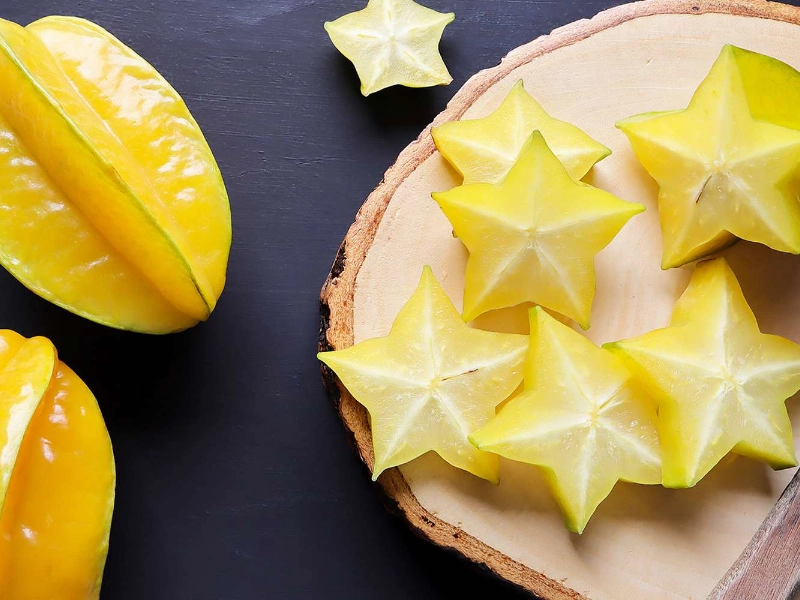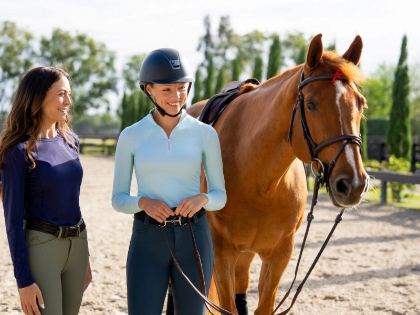Starfruit Photography: Capturing Its Unique Shape
Tropical fruit famed for its unique star form and vivid color is starfruit, sometimes called carambola. Because of its unusual look, which lets photographers investigate artistic angles and compositions, this is a great subject for pictures. Whether you like taking pictures or professionally, catching the beauty of starfruit may be fun and fulfilling. This page explores several methods and advice for photography starfruit, stressing its special qualities and the best ways to present them.
Appreciating the Star Form

Lighting techniques
 Particularly when trying to capture the minute features of starfruit, lighting is absolutely vital in photography. Usually chosen is natural light since it accentuates the vivid colors of the fruit and generates soft shadows, therefore giving the image depth. For photography, early morning or late afternoon light—known as golden hour—is perfect since it accentuates the warmth of the fruit.
If you photograph indoors, think about reducing strong shadows with diffused light sources. Direct sunlight can be softened by a basic white curtain, therefore producing a more equal lighting impact. Reflectors can also aid to direct light onto the fruit, therefore brightening darker sections and improving the general composition. Experimenting with many lighting configurations can provide amazing pictures stressing the beauty of the starfruit.
Particularly when trying to capture the minute features of starfruit, lighting is absolutely vital in photography. Usually chosen is natural light since it accentuates the vivid colors of the fruit and generates soft shadows, therefore giving the image depth. For photography, early morning or late afternoon light—known as golden hour—is perfect since it accentuates the warmth of the fruit.
If you photograph indoors, think about reducing strong shadows with diffused light sources. Direct sunlight can be softened by a basic white curtain, therefore producing a more equal lighting impact. Reflectors can also aid to direct light onto the fruit, therefore brightening darker sections and improving the general composition. Experimenting with many lighting configurations can provide amazing pictures stressing the beauty of the starfruit.
Techniques of Composition
 Getting visually stunning images of starfruit depends on good composition. One basic idea that could help you frame is the rule of thirds. Your picture will be more balanced and interesting if you split your frame into a grid and arrange the starfruit either along the lines or at their crossroads. This method creates negative space to create interest and points the observer's eye toward the fruit.
Including leading lines will help your work as well. Arranging the starfruit, for instance, along a route or a table edge will help the observer's eye move over the picture. Changing the angle and viewpoint will also help to produce dynamic compositions. While a high angle might offer a distinctive perspective of the form, shooting from a low angle can help the fruit seem more prominent.
Getting visually stunning images of starfruit depends on good composition. One basic idea that could help you frame is the rule of thirds. Your picture will be more balanced and interesting if you split your frame into a grid and arrange the starfruit either along the lines or at their crossroads. This method creates negative space to create interest and points the observer's eye toward the fruit.
Including leading lines will help your work as well. Arranging the starfruit, for instance, along a route or a table edge will help the observer's eye move over the picture. Changing the angle and viewpoint will also help to produce dynamic compositions. While a high angle might offer a distinctive perspective of the form, shooting from a low angle can help the fruit seem more prominent.
Fashion and Proportions
 Style your starfruit picture to improve the whole look and provide background for your photographs. Think about adding complementary props for the fruit, such tropical plants, other fruits, or ornamental plates. These components can be arranged aesthetically pleasingly that accentuates the vivid colors of the starfruit and tells a story.
Style with consideration for the color pallet. While clashing colors could help the starfruit stand out, complementary hues might produce a harmonic effect. One stunning visual contrast is made by combining yellow starfruit with deep green leaves or crimson accents. Furthermore take into account the texture of your objects; adding various materials, including fabric or wood, can give your composition depth and intrigue.
Style your starfruit picture to improve the whole look and provide background for your photographs. Think about adding complementary props for the fruit, such tropical plants, other fruits, or ornamental plates. These components can be arranged aesthetically pleasingly that accentuates the vivid colors of the starfruit and tells a story.
Style with consideration for the color pallet. While clashing colors could help the starfruit stand out, complementary hues might produce a harmonic effect. One stunning visual contrast is made by combining yellow starfruit with deep green leaves or crimson accents. Furthermore take into account the texture of your objects; adding various materials, including fabric or wood, can give your composition depth and intrigue.
Strategies for Post-Processing
One crucial stage in photography that will improve your starfruit pictures is post-processing. To highlight the vivid colors of the fruit, change brightness, contrast, and saturation in photo editing tools. Additionally improving composition, cropping lets you concentrate on the starfruit and remove background distractions. As you edit, try to keep everything looking natural. Unnatural hues and lost detail can result from overprocessing. Rather, improve the picture gently to keep the real look of the starfruit. To also highlight the fruit and give a more finished appearance, think about using a little vignette effect.
presenting Your Work
Once you have taken amazing pictures of starfruit, think about showing your work to more people. Excellent locations for displaying your photos include social media sites such as Pinterest and Instagram. By connecting with other photo buffs and foodies using pertinent hashtags, you will increase your reach. Think about also compiling a portfolio or blog specifically for your food photography. While interacting with a community of like-minded people, this site lets you share your methods, ideas, and experiences. Using comments and feedback to interact with your audience can help give insightful analysis and ideas for next projects. Examining the distinctive form and vivid hues of starfruit via photography will help you to produce striking pictures honoring the beauty of this tropical fruit. Capturing starfruit can be a gratifying experience that improves your photographic abilities whether by means of deliberate composition, efficient lighting, or post-processing methods.








